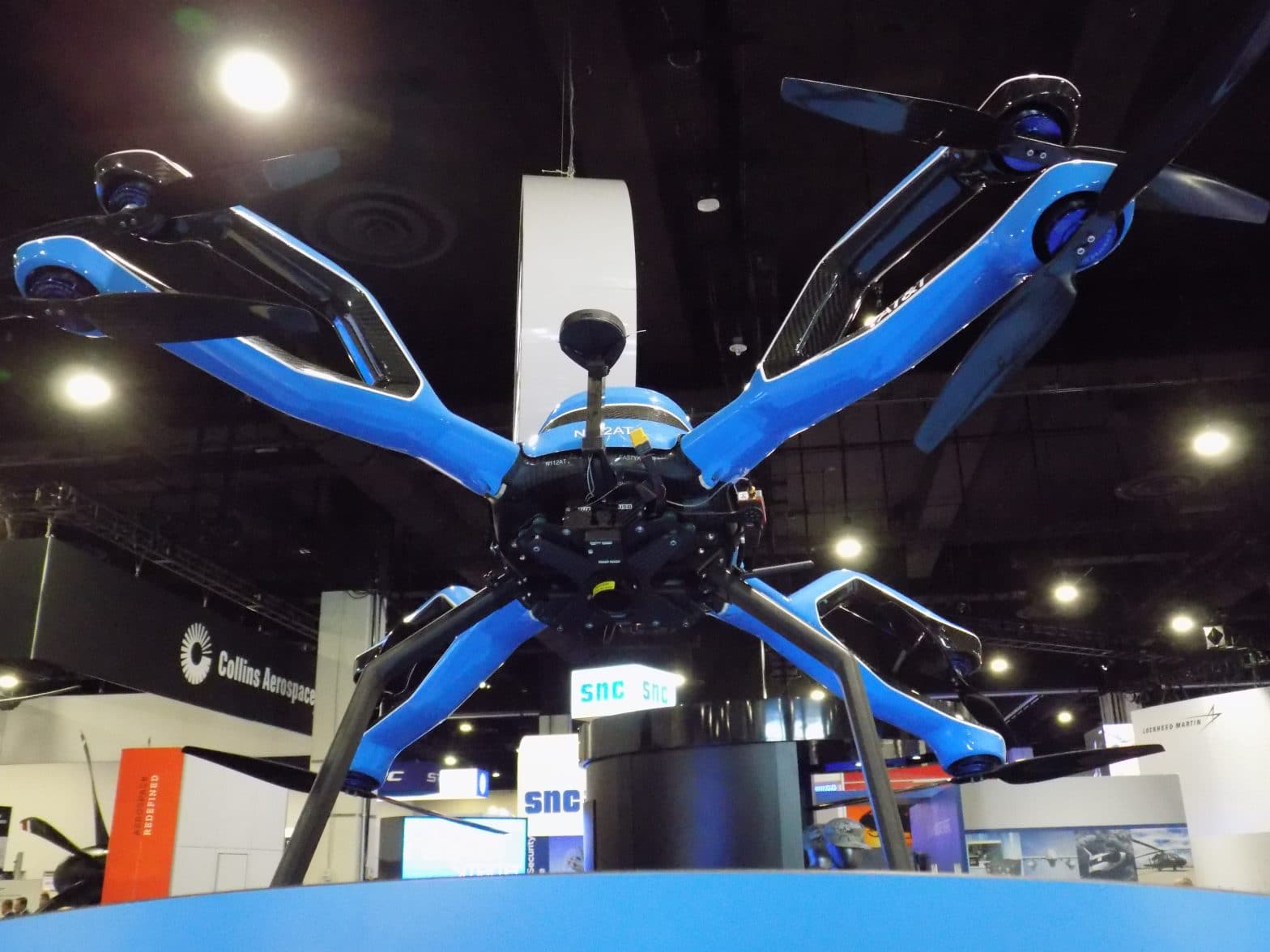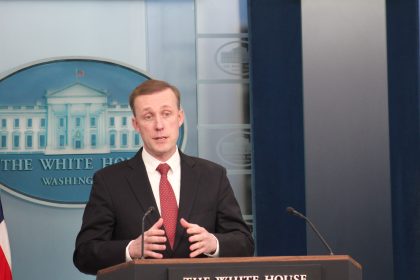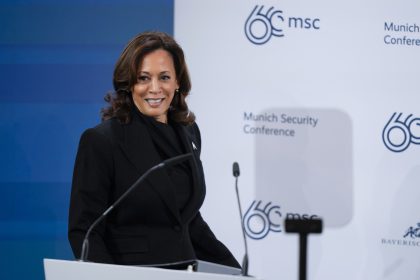Defense Contractors Promise Innovations to Keep US Ahead of Foreign Adversaries

WASHINGTON – Defense contractors urged Congress Wednesday to increase spending on new military technology as the Trump administration prepares to release its proposed defense budget for fiscal 2021 next week.
They described current U.S. military efforts at developing innovative technologies as falling short of needs to confront Chinese and Russian adversaries. They spoke during a hearing of a House Armed Services Committee task force.
Funding for artificial intelligence and other high-tech programs needs to be 10 times higher than current levels for the military to stay ahead of national defense threats, said Raj Shah, chairman of the defense contractor Arceo.ai.
What he called “true AI research” accounted for less than $1 billion in the Defense Department’s roughly $400 billion acquisition budget. He described the artificial intelligence research budget as little more than a “rounding error” when, he said, it should be a major portion of the budget.
Artificial intelligence, also known as machine intelligence, uses computers to perceive an environment and to guide actions intended to achieve a goal.
For the Defense Department, a primary goal should be to defend the U.S. against China and Russia as they also put greater emphasis on artificial intelligence for their militaries, according to industry witnesses.
Their concerns were largely shared by members of Congress on the task force.
“The United States no longer enjoys unrivaled dominance” for military technology, said Rep. Seth Moulton, a Massachusetts Democrat. He described China and Russia as “trying to leapfrog us in developing technologies.”
Rep. Paul Mitchell, a Michigan Republican, agreed private industries might be able to develop new technology but expressed concern over whether they could fulfill a government contract “without just tossing buckets [of money] at it.”
Testimony by the defense industry witnesses indicated they are positioning themselves as government contractors when Congress takes up the next military budget. The Trump administration’s proposal scheduled to be announced next Monday is expected to be around $740 billion for fiscal 2021.
Defense Secretary Mark Esper gave a hint last week the Trump budget would respond to many of the issues raised by witnesses at the House Armed Services Committee hearing. He summarized the budget for senior Defense Department officials in a memo.
The budget “supports irreversible implementation of the [2018] National Defense Strategy” by modernizing the military, the memo says.
It has four primary goals, which include keeping pace with the combat readiness and weaponry of rivals China and Russia, building alliances worldwide, reforming Pentagon accountability and supporting troops and their families.
“Each component should ensure that [those] themes are incorporated into oral and written statements to our oversight committees,” Esper’s memo says.
Chris Brose, chief of strategy at defense contractor Anduril Industries, said the federal government could achieve many of its goals for innovative weaponry with new incentives for private industry.
Greater financial incentives would build demand that the private sector could supply, he said.
“If the Department of Defense and Congress value AI-enabled capabilities, autonomous systems, small drones and other emerging technologies that we’re talking about here, you have to buy more of them,” Brose said.
Eric Fanning, president of the Aerospace Industries Association, said private companies could develop innovations for the Defense Department but face bureaucratic obstacles.
As a result, “sometimes it has been hard for the innovation taking place in industry to get into the government,” Fanning said.
























